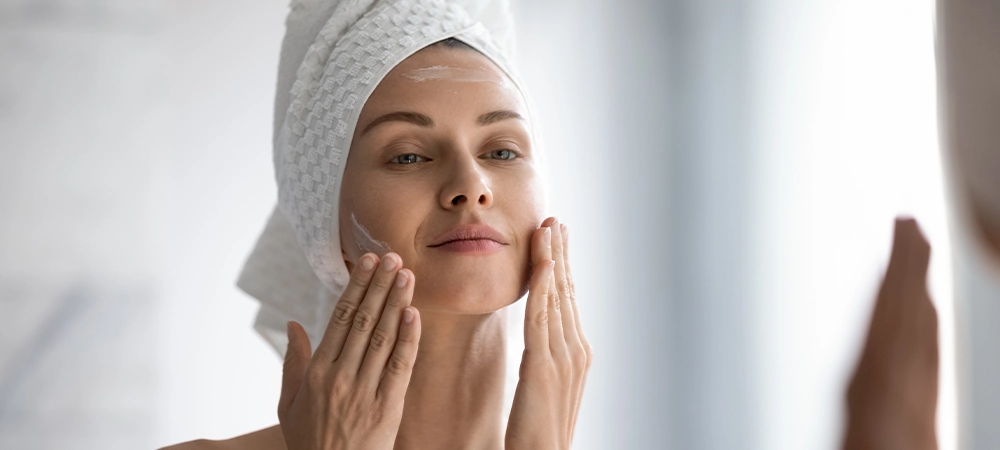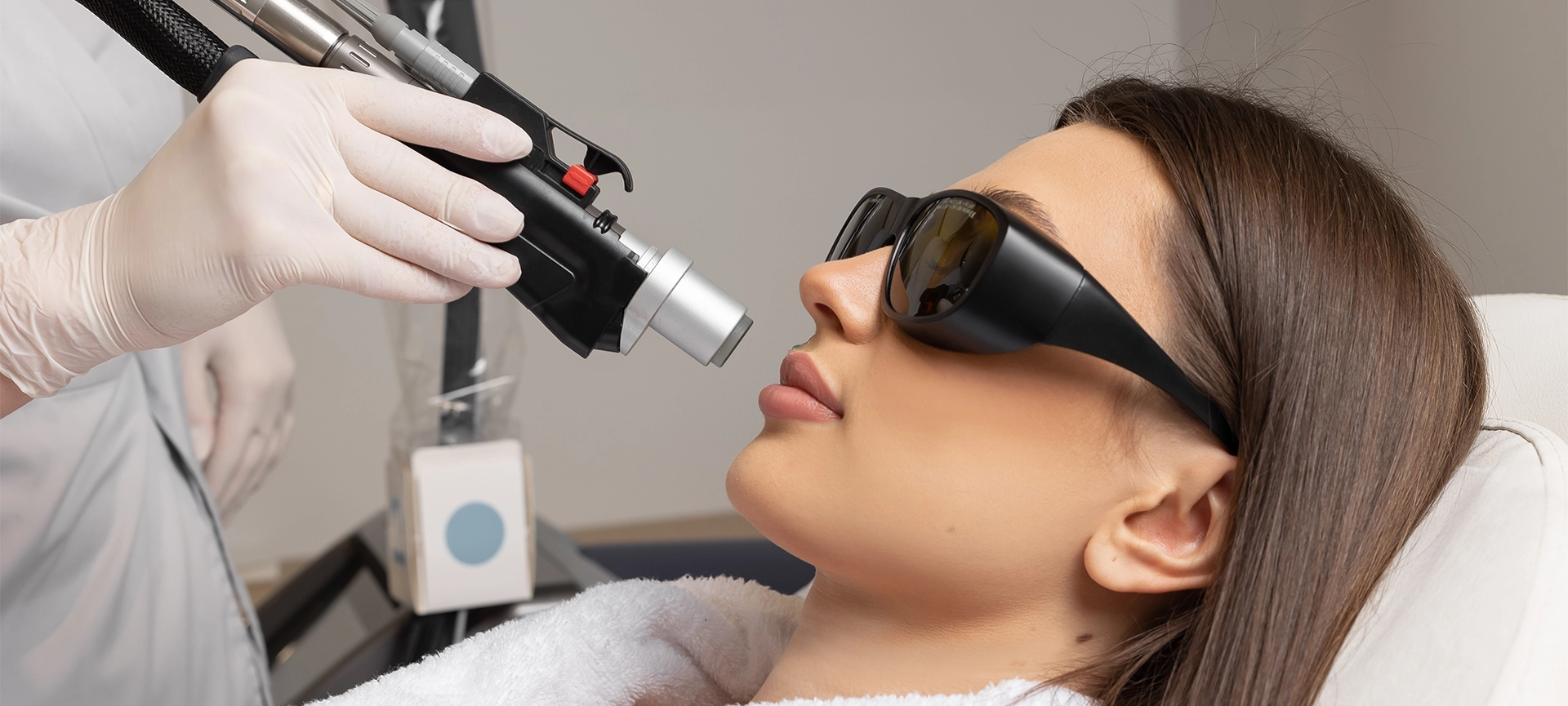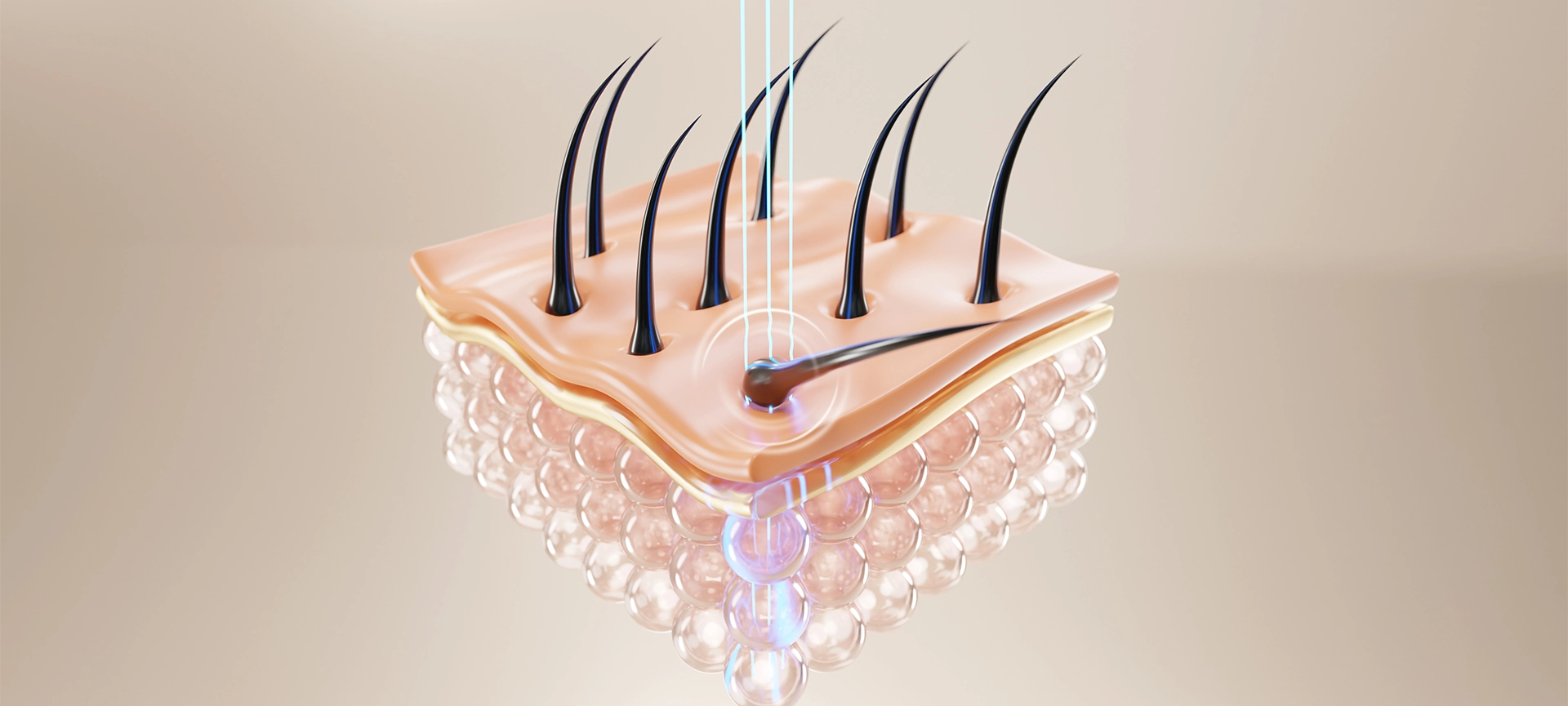
Chemical Peel Aftercare: Your Essential Guide to a Smooth Recovery
What happens after a chemical peel?
Chemical peels have become popular for achieving smoother, brighter, and more youthful-looking skin. These treatments utilize various acids to gently remove the outer layers of your skin, addressing concerns like acne scars, sun damage, uneven texture, and fine lines.
While chemical peels offer a powerful way to refresh your complexion, proper aftercare should be observed to maximize the benefits and minimize potential side effects.
Following a dedicated aftercare routine tailored explicitly to your peel will ensure your skin heals comfortably and achieves the optimal results you desire.
Want to help you get involved in a smooth recovery after your chemical peel treatment?
Understanding Chemical Peels: Choosing the Right Option for You
Chemical peels come in various depths, each targeting specific skin concerns:
- Superficial peels are often called ‘lunchtime peels’ due to their short treatment time and minimal downtime. These peels gently exfoliate the outermost layer of skin, addressing concerns like mild sun damage, uneven skin tone, and enlarged pores.
- Medium peels penetrate deeper, reaching the middle layer of the skin. They effectively target wrinkles, fine lines, moderate sun damage, and certain acne scars. Due to their deeper penetration, medium peels typically require more noticeable peeling and longer recovery.
- Deep peels are the most intensive option. They reach the deepest layer of the skin. They effectively treat severe sun damage, deep wrinkles, and precancerous lesions. However, due to their significant impact on the skin, deep peels require extensive recovery time and involve potential side effects that require close dermatologist monitoring.
The right peel for your type of skin should be determined carefully. Consulting a dermatologist is essential to determine the best action for your unique skin concerns and desired outcomes. They can assess your skin type, medical history, and desired results to recommend the appropriate peel depth for optimal benefits and minimal risks.
Nurturing Your Skin for Optimal Results
Following a chemical peel, your skin enters a delicate healing phase. Here are some essential aftercare tips to ensure a smooth recovery and maximize the benefits of your treatment:
- Gentle cleansing – Treat your skin with kid gloves! Swap your regular cleanser for a gentle, fragrance-free formula. Use lukewarm water to cleanse your face, avoiding hot water, which can further irritate the skin. Gently pat your skin dry with a soft towel – resist the urge to rub, as this can disrupt the healing process.
- Moisturize – Chemical peels can leave your skin feeling dry and tight. Frequent application of a fragrance-free, oil-free moisturizer is essential. Look for ingredients like hyaluronic acid or ceramides, which help attract and retain moisture in the skin, promoting faster healing and a comfortable feel.
- Sun protection – Sun exposure is the enemy of freshly peeled skin! Following a chemical peel, your skin is particularly vulnerable to sun damage, which can lead to hyperpigmentation (dark spots). Make broad-spectrum SPF 30 or higher sunscreen your new best friend. Apply it generously and reapply every two hours, especially when outdoors.
- Resist the picking and scratching – It’s tempting to pick at any peeling skin, but resist the urge. Picking can lead to scarring and infection. Let the dead skin shed naturally. If you find any flaking particularly bothersome, gently dab the area with a cool compress.
- Makeup minimization for optimal healing – In the immediate days following your peel, it’s best to give your skin a break from makeup. This allows the skin to focus on healing and reduces the risk of irritation or infection. Once you can resume makeup application, opt for mineral makeup formulas that are gentle and less likely to clog pores.

Managing Potential Side Effects
While chemical peels offer excellent results, it’s essential to be aware of potential side effects that can occur during the healing process. These are usually temporary and a regular part of your skin’s renewal:
- Redness: Following the peel, your skin will likely experience some redness, similar to a sunburn. This typically subsides within a few days to a week, depending on the depth of the peel.
- Dryness and flaking: As the treated outer layers of skin shed, you might experience dryness and some temporary flaking. Consistent use of a fragrance-free moisturizer will help alleviate this discomfort.
- Temporary peeling: Depending on the peel depth, you might experience peeling of the skin, usually starting a few days after the treatment. This is a normal process as the new, regenerated skin replaces the old.
These side effects are temporary and usually resolve eventually. However, consult your dermatologist immediately if you experience any unexpected or concerning side effects, such as prolonged redness, severe itching, or signs of infection (pus, swelling, fever). They can assess the situation and recommend appropriate treatment.
Resuming Activities After Your Peel
After the initial healing phase, you’ll be eager to return to your routine. Here’s a general timeframe for resuming activities based on the type of peel:
- Superficial peels: Due to their minimal impact, you can often resume most activities, including exercise and swimming, within a few days after a superficial peel.
- Medium peels: Medium peels require a more extended recovery period, typically 7-10 days. You might want to avoid strenuous exercise or swimming during this time, as sweat and chlorine can irritate the newly healed skin.
- Deep peels: Deep peels involve the most extensive recovery period, potentially lasting several weeks. Your dermatologist will provide specific instructions on when to resume activities like exercise and swimming, as these peels require extra care to avoid complications.
Remember, these are general guidelines. Your individual recovery timeline may vary. The most crucial factor is to follow your dermatologist’s specific post-peel instructions. They will tailor recommendations based on the type of peel you received and your skin’s unique needs. Following their advice ensures a smooth recovery and minimizes the risk of complications.
Unveiling Your New Skin
After your chemical peel treatment, you’ll be thrilled to see your revitalized, glowing skin. To maintain these beautiful results and promote long-term skin health, consistency is key:
- Maintain a gentle routine – Stick with a gentle skincare routine that prioritizes cleansing, moisturizing, and sun protection. Use fragrance-free products formulated for sensitive skin to avoid irritation.
- Hydration is essential – Moisturize your skin daily, both morning and night. Consistent use of a fragrance-free moisturizer helps maintain optimal hydration levels, keeping your skin plump and supple.
- Sun protection – Sun exposure is a significant contributor to premature aging and hyperpigmentation. Make broad-spectrum SPF 30 or higher sunscreen an essential part of your daily routine, even on cloudy days.
By incorporating these simple yet effective steps into your daily routine, you’ll protect your newfound radiance and promote long-term skin health.

Seeking Personalized Advice
Everyone’s skin is unique. Consider consulting a dermatologist to create a personalized skincare regimen that addresses your specific needs and goals. They can assess your skin type, recommend products tailored to your concerns, and provide ongoing guidance for maintaining healthy, radiant skin.
Embrace Your Radiant Skin Journey After a Chemical Peel
Chemical peels offer a powerful way to achieve smoother, brighter, and more youthful-looking skin. However, proper aftercare is essential to maximize the benefits and ensure a comfortable recovery.
Following your dermatologist’s specific post-peel instructions should be observed for the most successful outcome. They will tailor recommendations to your unique skin and the type of peel received.
Ready to unveil your glowing potential? Schedule a consultation with a dermatologist today! During your consultation, you can discuss chemical peels, determine the best option for your skin concerns, and develop a personalized treatment plan to achieve your desired results.







